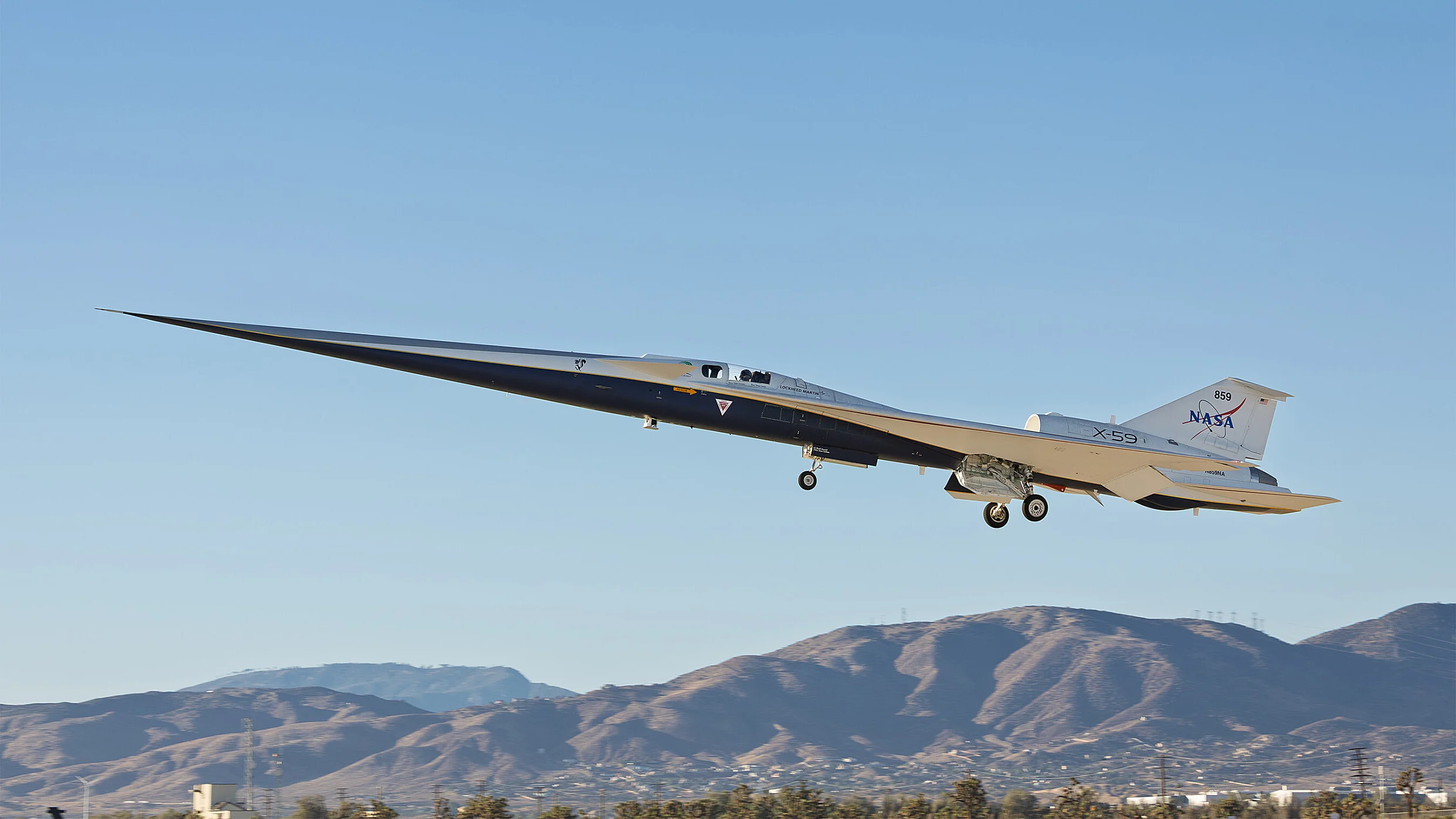
"At last, the X-59 is airborne. NASA's quiet supersonic airplane took to the skies in Palmdale, California, successfully landing back a few minutes later. While this initial sortie on October 28 was a subsonic check of basic systems and airworthiness, the flight represents the penultimate step toward reviving supersonic passenger travel over land. It also marks the beginning of a race to see which of three supersonic airplane ideas wins and becomes the dominant design of the 21st century."
"While a technological marvel, its eardrum-shattering sonic booms led to a public outcry that resulted in a 1971 ban on supersonic flight over populated areas, a move that crippled its commercial case and was followed by regulators worldwide. Now, although the Trump administration has lifted that ban over the United States, the rest of the world still doesn't allow these flights."
"There's Lockheed Martin's X-59 dart-like shape, developed to avoid the sonic boom. Then we have Boom Supersonic's XB-1, which doesn't look to avoid the sonic boom, but to stop it from reaching the ground, thanks to computer calculations and clever use of atmospheric physics altogether. And finally, let's not forget that China is also in this race with a design that seems to mix ideas from the X-59 and the XB-1."
The X-59 completed its first subsonic flight on October 28 in Palmdale, California to check systems and airworthiness. The flight represents a near-final step toward restoring supersonic passenger service over land. Three competing designs aim to lead the revival: Lockheed Martin's X-59 seeks to avoid a sonic boom with its dart-like shape, Boom Supersonic's XB-1 uses atmospheric physics and computation to prevent booms reaching the ground, and a Chinese design blends elements of both. The Concorde's loud booms triggered a 1971 ban on overland supersonic flight that crippled its commercial case. The X-59 aims to generate a quiet 'thump' no louder than a car door slamming to make those bans obsolete.
Read at Fast Company
Unable to calculate read time
Collection
[
|
...
]